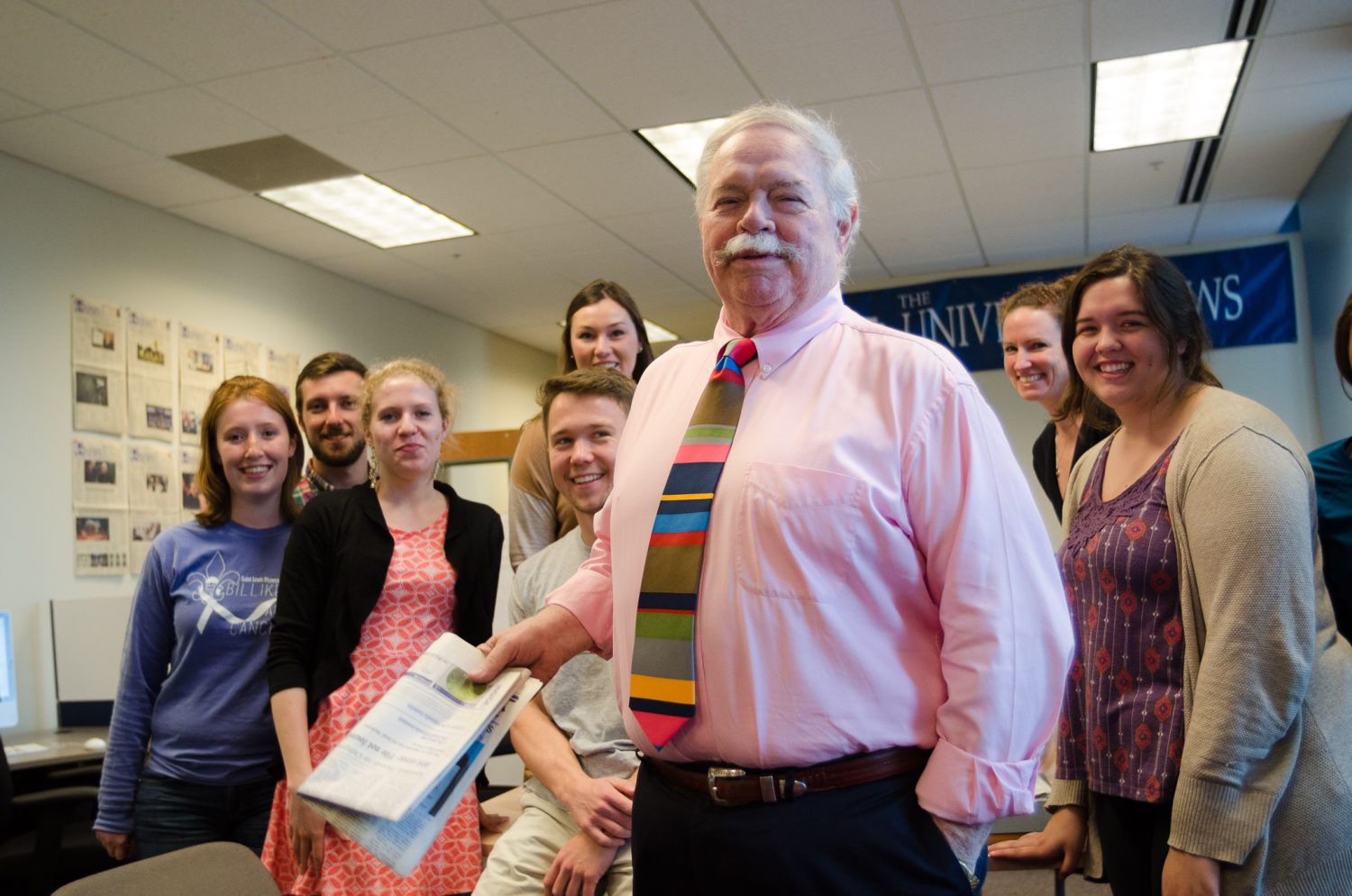You may never have floated down the canals of Venice, wandered through the gardens of Granada or climbed the mountains of Lucerne, but even if you’re not planning a vacation any time soon, you don’t have to travel too far to get a taste of them. John Singer Sargent Beyond the Portrait Studio: Paintings, Drawings and Watercolors from The Metropolitan Museum of Art, opening Saturday, Feb. 9 at the Saint Louis Art Museum, provides a glimpse of what it might be like to see and experience such exotic locales.
Sargent, born in Florence in 1856 to American parents, spent much of his life traveling throughout Europe, America and the Middle East, a fact most evident in his collection of watercolors, sketches and oil paintings. Though Sargent is known primarily for his society portraits, the exhibit doesn’t focus on these so much as the landscapes, scenes and people he encountered during his travels. In fact, when walking through the exhibit, you feel as if you’re traveling with Sargent, taking in everything from the grandest of sights, such as staggering cliffs, to the most intimate of settings, such as two British soldiers relaxing by a lake during wartime.
For the most part, the exhibit takes the viewer chronologically through Sargent’s career in five sections, so you can see how his work developed and changed. The first gallery, “Childhood and Youthful Works, 1856-1874,” consists of two subjects. The early graphite sketches of sculptures and monuments from European cities, such as Munich and Florence, may not be the most thrilling things to look at, but they show Sargent’s attention to detail and hint at his skill for portraying the human figure, a skill that consistently reappears throughout his works. The second half of this first gallery shows several of his early watercolor paintings, created during his summer travels to the Swiss Alps.
The second gallery, “Student Years in Paris and Early Career, 1874-1889,” shows the influence that Impressionism-and, in particular, Monet-had on Sargent. In this room, we see the first of the 12 oil paintings in the exhibit, “Two Girls with Parasols at Fladbury” (1889). Sargent’s oil paintings are some of the more memorable works of the exhibit because they are strikingly different from his watercolors, using thicker layers of paint and harder lines. The “Two Girls” painting uses vivid, bright colors to portray a gentle summer day, and here we also see the importance of light in Sargent’s works.
Even though the “Two Girls” is a nice breath of fresh air, the watercolors and sketches in this room are equally, if not more, meaningful. Sargent’s ability to convey expression through human posture is best displayed in these deceptively simple works. One such work is “Whispers” (ca. 1883-1884), charcoal and graphite depiction of two women in intimate conversation. The fluidity of the lines and the graceful nature of the two forms almost make the viewer want to lean in and eavesdrop.
The next room, a U-shaped hall consisting of three galleries, takes us through the rest of Sargent’s career. The gallery “Professional Activity Beyond the Portrait Studio, 1890-1925” consists of murals painted for his commission to decorate part of the Boston Public Library, marking his first visits to the United States in 1887-1888 and 1889-1890.
Here we see a different side of Sargent through these large-scale mural projects. The first few works, charcoal silhouettes of the male figure are reminiscent of an artist studying the same subject repeatedly to get it “just right.”
The fourth gallery, “World War I,” consists of works painted during Sargent’s three-month tour of the western front, a commission to portray the efforts of British and American soldiers. Instead of the typical bloody depictions of war, however, Sargent reveals other observations, including British soldiers relaxing by the riverside and broken farm equipment that looks as if it hasn’t been used for years.
The fifth and final gallery, “Travel, 1890-1925,” takes the viewer through two more rooms filled with works created while Sargent toured the Middle East or visited regions in the United States and Europe. Sargent traveled to the Middle East-Egypt, Greece and Turkey in 1890 and Syria and Palestine in 1905-1906-in order to illustrate the history of religion for the Boston Public Library murals.
Sargent reportedly perfected his portrayal of water in Venice, a fact we can readily assume to be true, given the number of watercolor paintings depicting the canals of this romantic city. As skillfully as Sargent captured human emotion through posture, he revealed less visually prominent parts of Venice in visually pleasing of ways.
From Venice, we also travel to the gardens of Florence and Granada. This group of works contains some of Sargent’s better-known works, including “Spanish Fountain” (1912) and “Idle Sails” (1913); however, the paintings of gardens in Granada provide some of the richest and lush shades of foliage ever seen. Though they may be dismissed as just ordinary scenery, the paintings invite the viewer to create a story or simply ask a question.
There’s scores more to see-including Sargent’s paintings of religious-themed subjects in everyday life and the beckoning fronds of palmettos in Florida. The exhibit-which runs through May 12, 2002-consists of 109 works by Sargent, so plan on spending at least an hour in the exhibit hall.
Admission is $8 for students and each paid admission includes an audio tour (highly recommended as it provides more detail about several of the works on display). For those short on funds, go on a Tuesday when admission to the exhibit is free.



